
The headline might sound a bit counter intuitive, but there’s sense in the madness. It’s still cold, we’re just (in the northern hemisphere) heading into spring. The water warms up slowly and fish can still hold deep, close to the bottom.
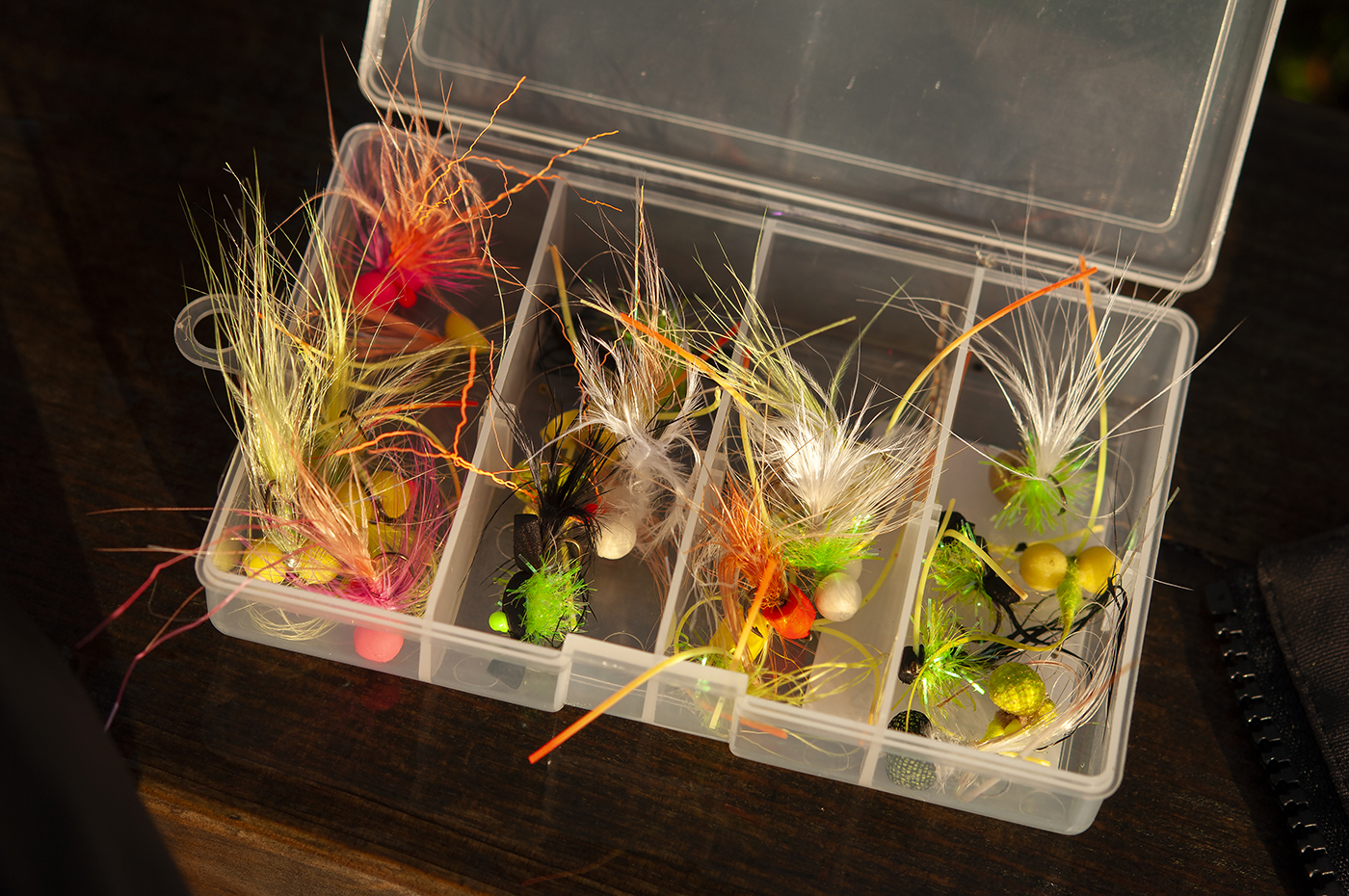
So why would you choose to use a floating fly if you need to fish near the bottom to pick up fish? Winter is giving way to spring and with a rise in insect activity, trout feeding more and everything waking up, also comes weed growth. This is essentially another way of avoiding weeds and snags that I didn’t touch upon last week.
The point of the floating Booby Damsel is not to fish it on the surface, but in fact to fish it on a sinking line. The sinking line pulls down the floating fly and since the fly floats, it “hovers” above the level to which the line sinks. A short leader holds the line closer to the bottom, a longer leader allows the fly to “hover” further up.

This style of fishing originated in England on the large reservoirs, where trout will often be feeding at specific depths. Håkan Karsnäser, who needs no introduction, fishes the lakes at Hökensås a lot and during the cold months, he’s quite succesful with this Booby Damsel on a sinking line.
It’s an easy fly to tie and the foam cylinders for the eyes, which also makes the fly float, can be bought ready made, to you can make them yourself.
Here’s a step-by-step by Håkan Karsnäser showing how he ties one of his Booby Damsels.
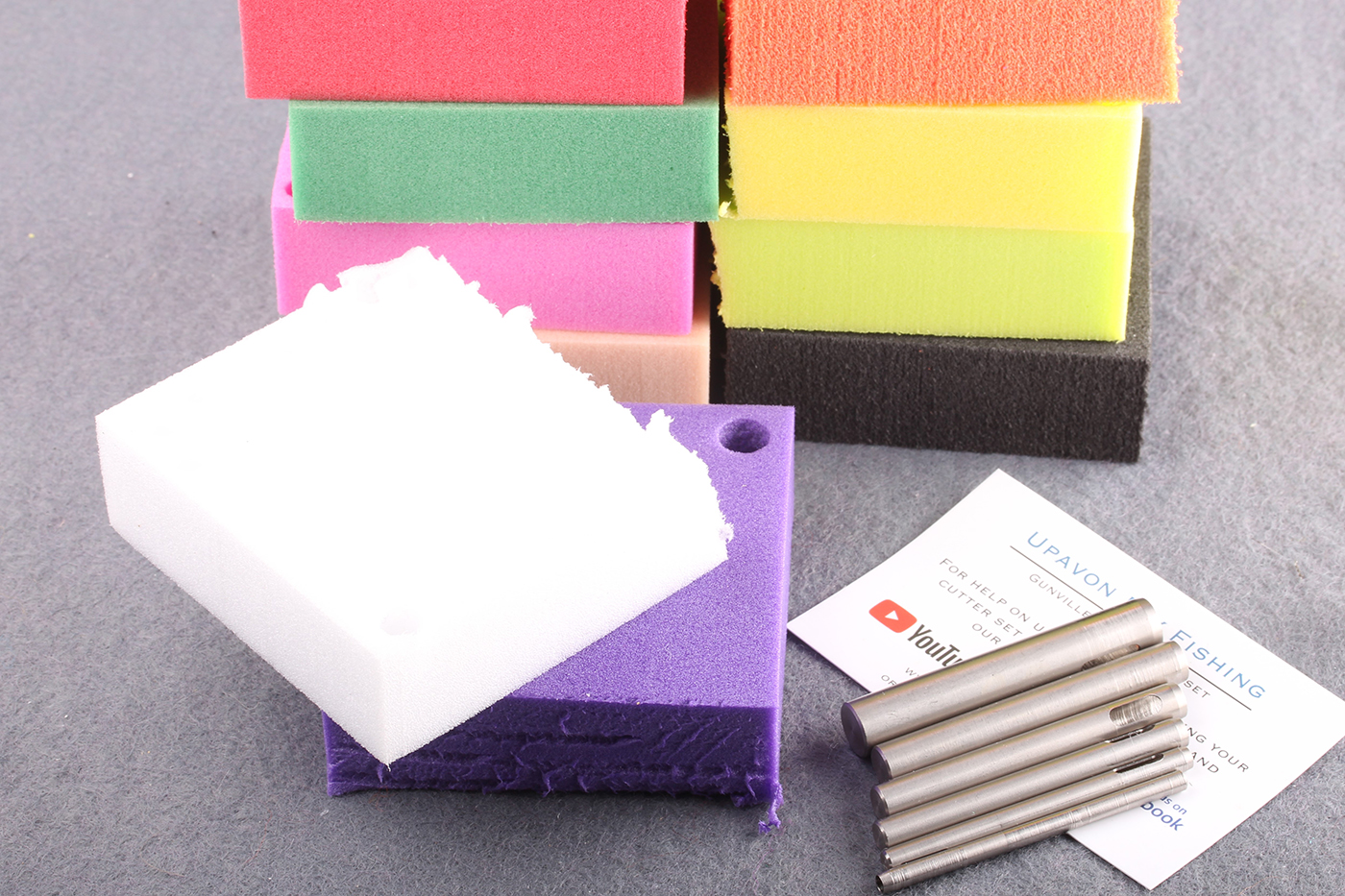

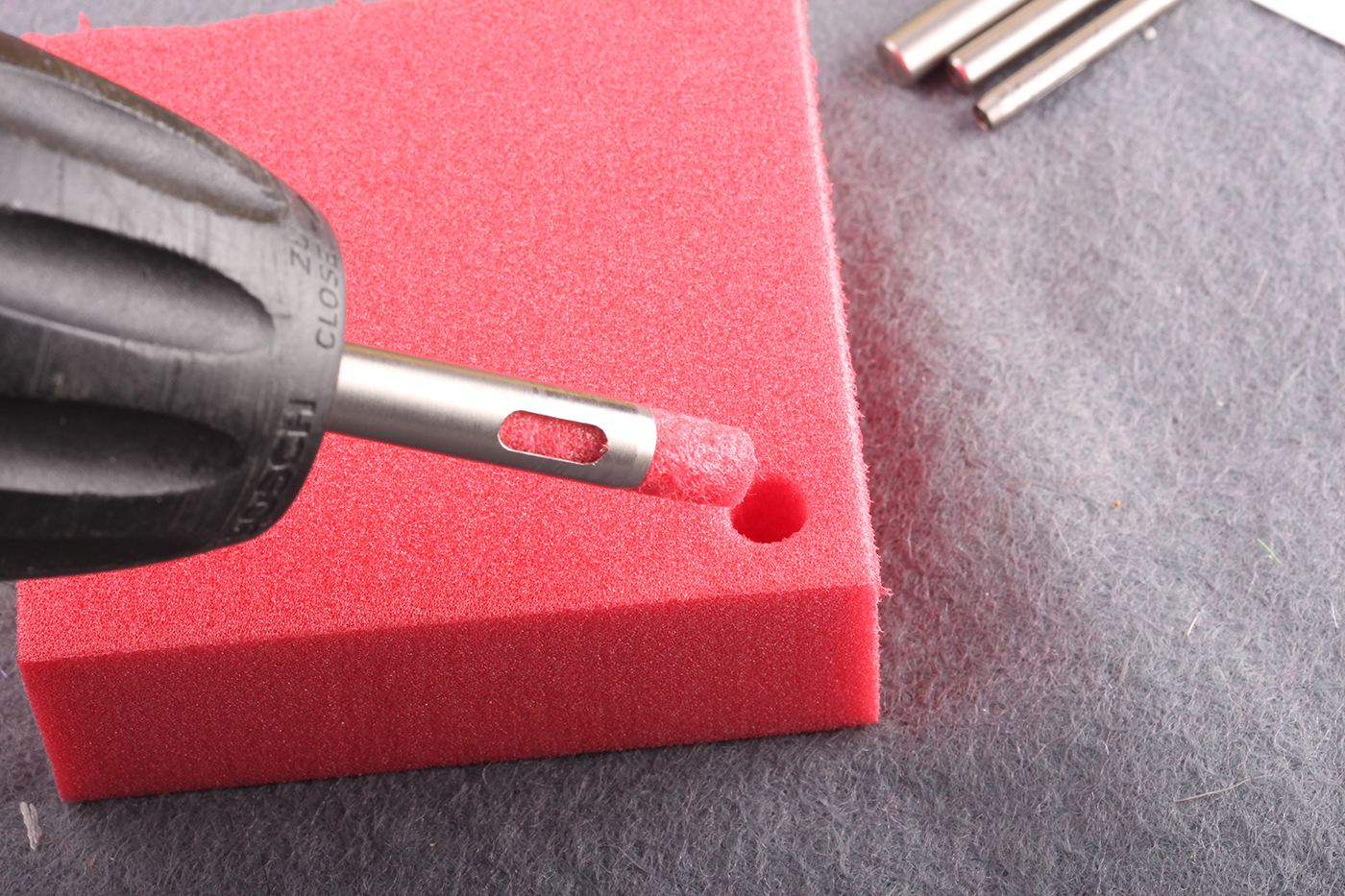
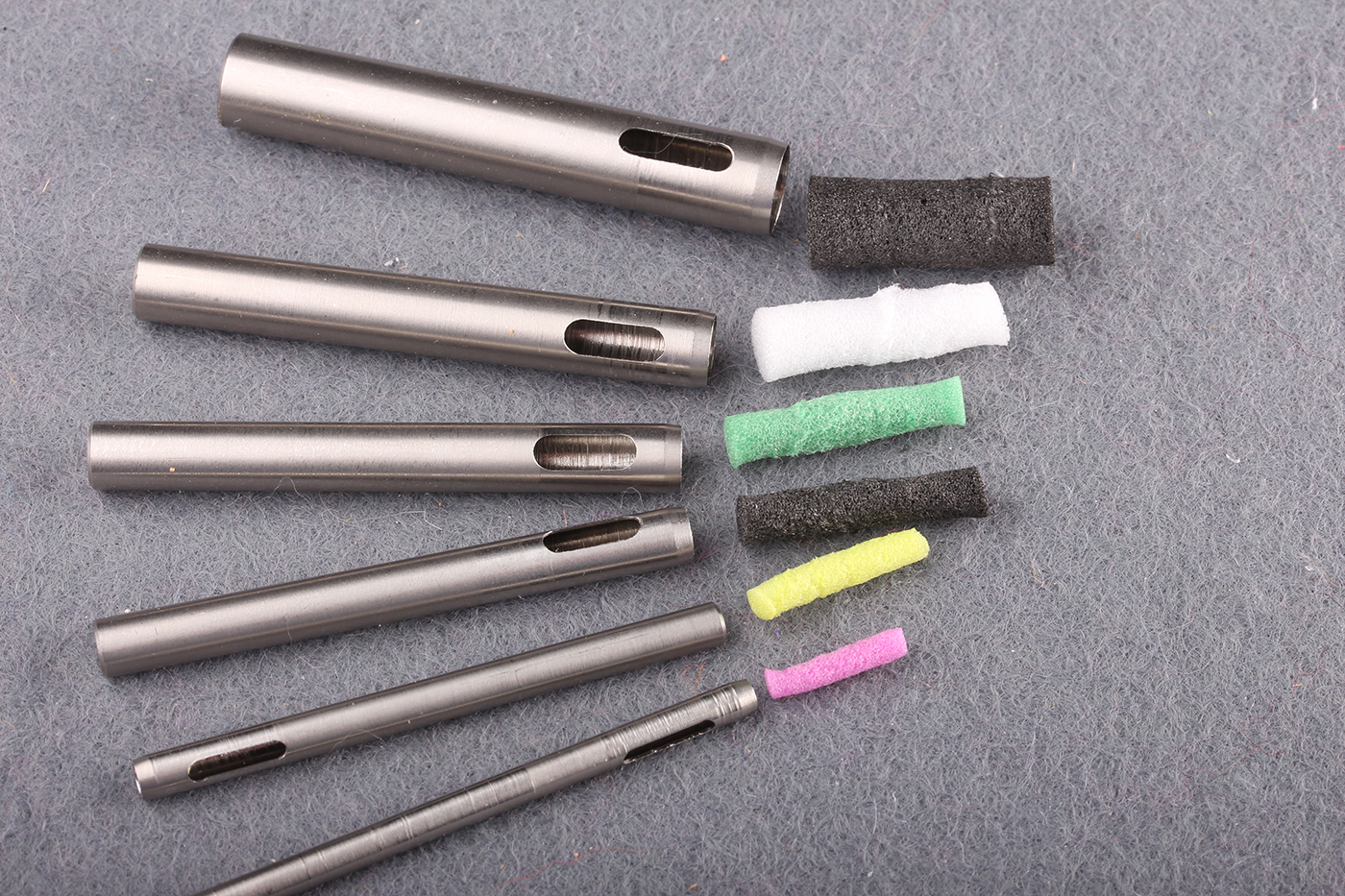

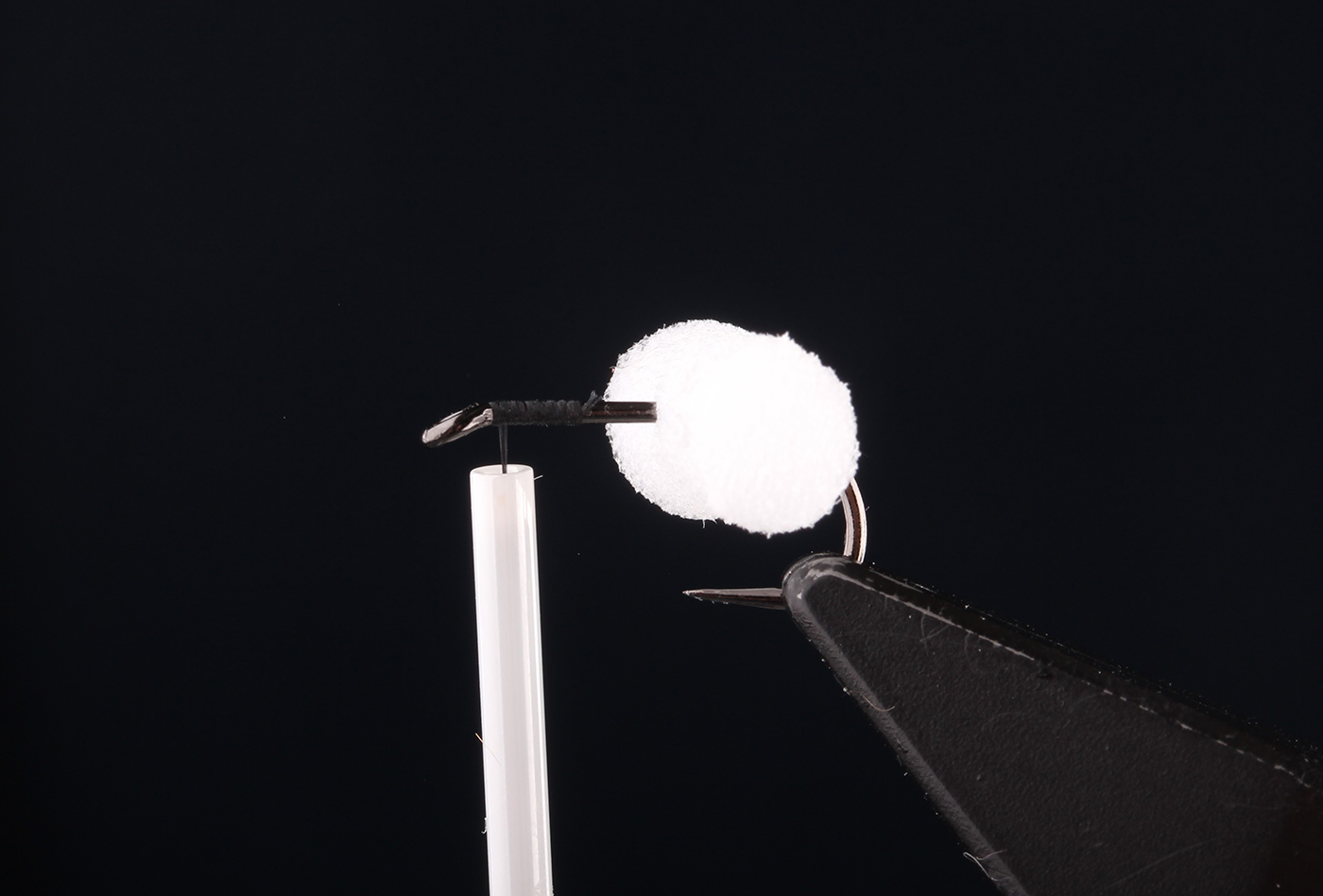


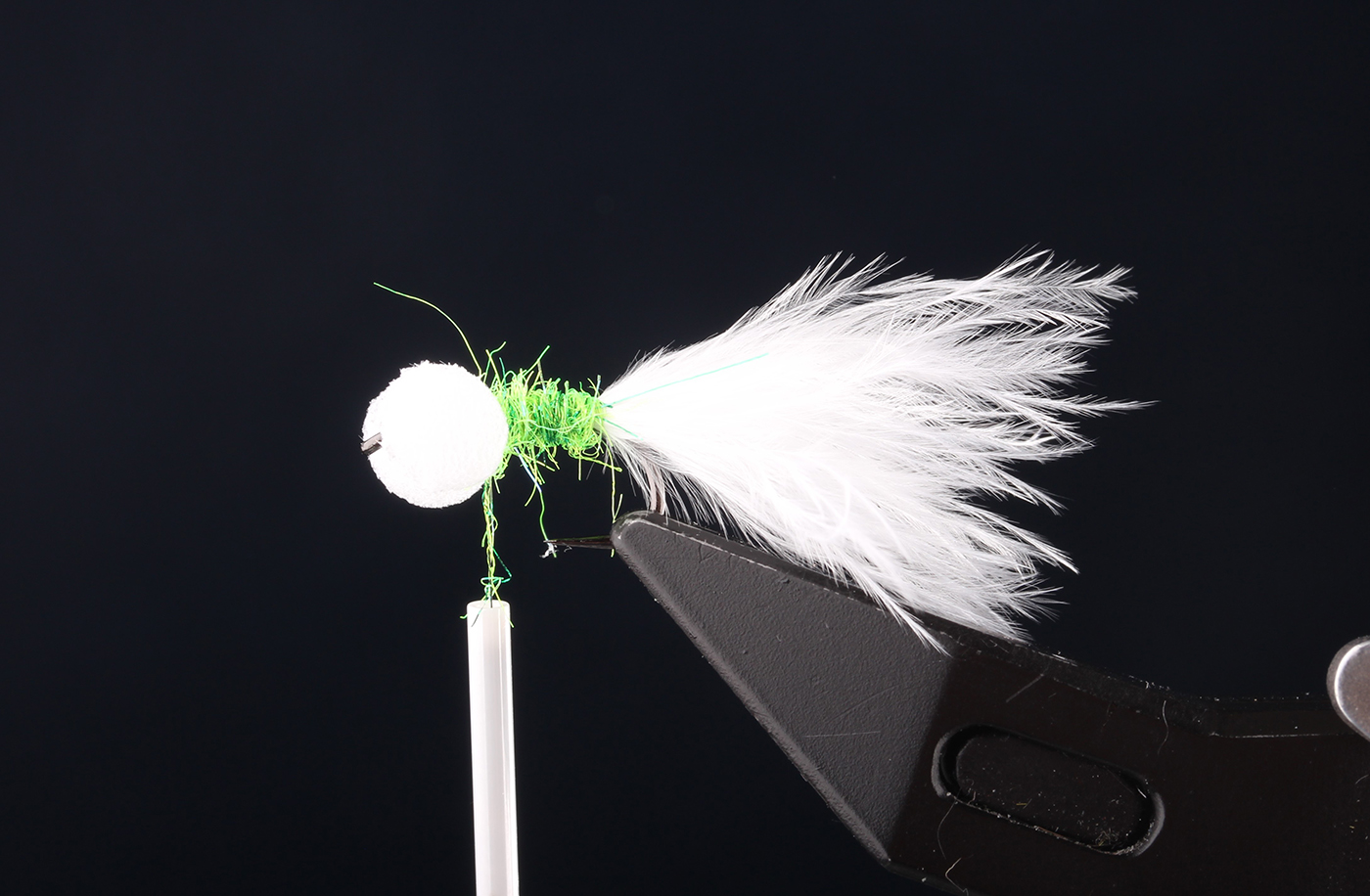
Fishing these deep over the top of the weeds will cost a fly every now and then, but they are so fast to tie that the loss is manageable.
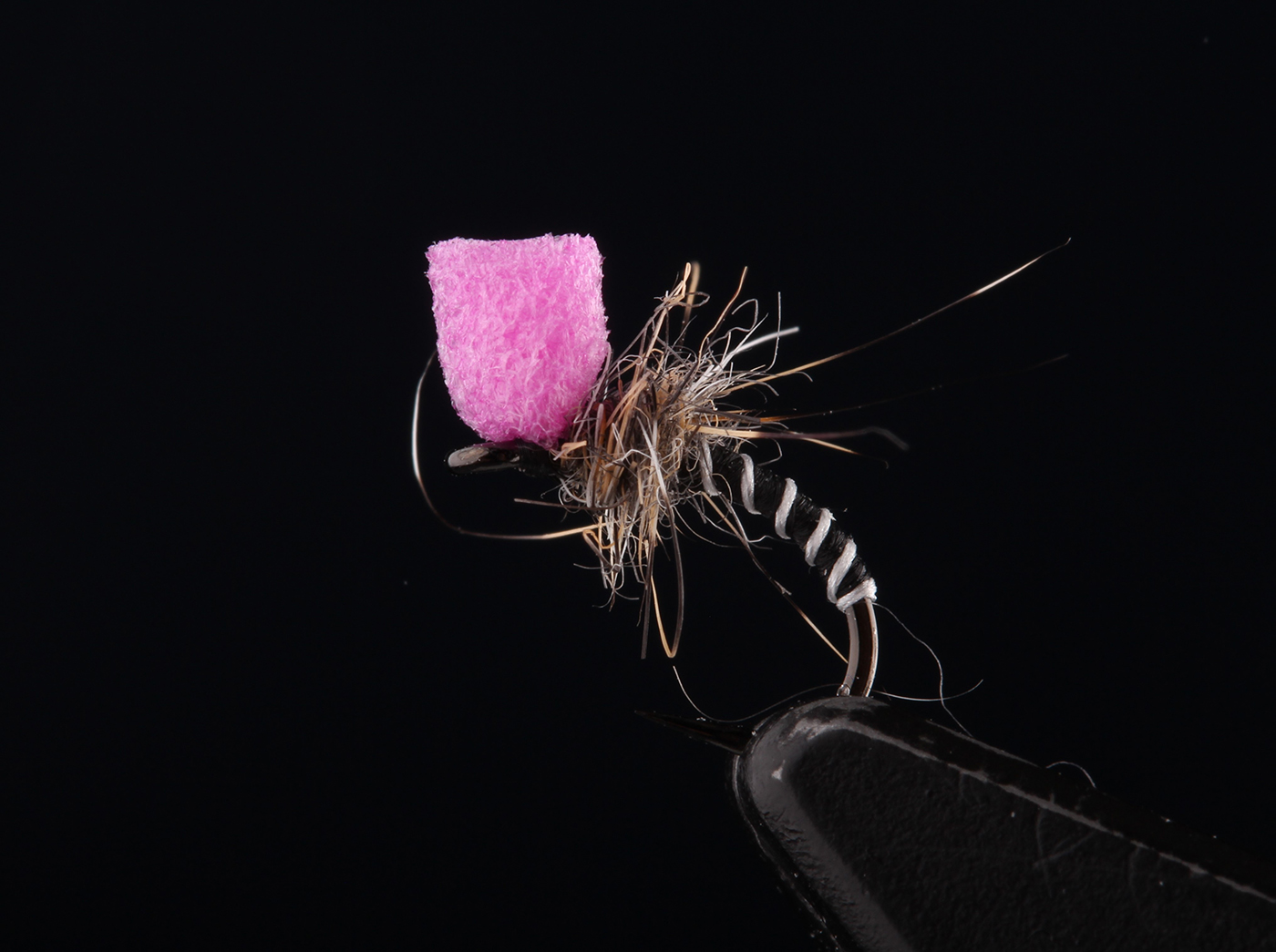
We also featured Håkan in a video, where he ties another version of a Booby Damsel on our YouTube channel.
And don’t restrict yourself to damsel imitations. Foam can be incorporated into many other patterns to be fished deep on sinking lines.
